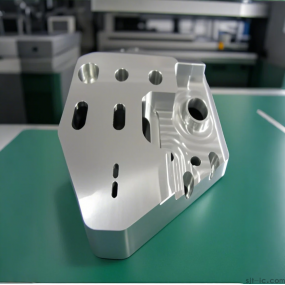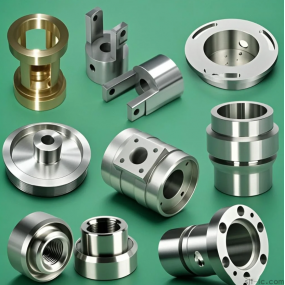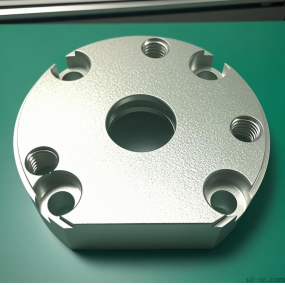In the processing of cabinet chassis, the requirements for surface heat treatment (more commonly expressed as "surface treatment") are multi-faceted, aiming to ensure the appearance, performance, durability and safety of the cabinet chassis. The following are some of the main requirements: 1. Appearance requirements are neat and smooth: After surface treatment, the cabinet chassis should be neat and smooth in appearance, free from obvious defects and particles. Color and gloss: Color and gloss must meet the design requirements, free from obvious color difference and color spots.

Second, performance and durability requirements Corrosion resistance: After surface treatment, the cabinet chassis should have good corrosion resistance and be able to resist corrosion factors in the environment, such as acid, alkali, salt and other substances. Wear resistance: The wear resistance of the cabinet chassis should be good and able to withstand certain friction and wear. Weather resistance: The cabinet chassis should be able to adapt to various climatic conditions, such as high temperature, low temperature, humidity, dryness and other environmental factors. Third, safety requirements Insulation: For the cabinet chassis of electrical equipment, the surface treatment should have good insulation properties to ensure the safe operation of the equipment. Fourth, process and adhesion requirements Adhesion: The coating and substrate after surface treatment should have good adhesion and not easy to fall off or foam. Exquisite craftsmanship: The process of surface treatment should be exquisite to ensure that the treatment effect is uniform and stable. Five, environmental protection requirements Environmental protection materials: The materials used in surface treatment should meet the requirements of environmental protection, no harmful substances are released, and will not cause harm to the environment and human body. Six, specific surface treatment methods In the processing of cabinets and chassis, common surface treatment methods include electrostatic powder spraying, electroplating, anodic oxidation, etc. Among them, electrostatic powder spraying is one of the surface treatment methods selected for cabinet Sheet Metal Processing because of its good adhesion and corrosion resistance. This method sends solid small particles of paint into the spray gun through compressed air. The paint particles are adsorbed on the workpiece under the action of electrostatic force to form a uniform coating film. After hot melting, leveling and curing, a hard coating film is formed.


 Spanish
Spanish Arabic
Arabic French
French Portuguese
Portuguese Belarusian
Belarusian Japanese
Japanese Russian
Russian Malay
Malay Icelandic
Icelandic Bulgarian
Bulgarian Azerbaijani
Azerbaijani Estonian
Estonian Irish
Irish Polish
Polish Persian
Persian Boolean
Boolean Danish
Danish German
German Filipino
Filipino Finnish
Finnish Korean
Korean Dutch
Dutch Galician
Galician Catalan
Catalan Czech
Czech Croatian
Croatian Latin
Latin Latvian
Latvian Romanian
Romanian Maltese
Maltese Macedonian
Macedonian Norwegian
Norwegian Swedish
Swedish Serbian
Serbian Slovak
Slovak Slovenian
Slovenian Swahili
Swahili Thai
Thai Turkish
Turkish Welsh
Welsh Urdu
Urdu Ukrainian
Ukrainian Greek
Greek Hungarian
Hungarian Italian
Italian Yiddish
Yiddish Indonesian
Indonesian Vietnamese
Vietnamese Haitian Creole
Haitian Creole Spanish Basque
Spanish Basque










